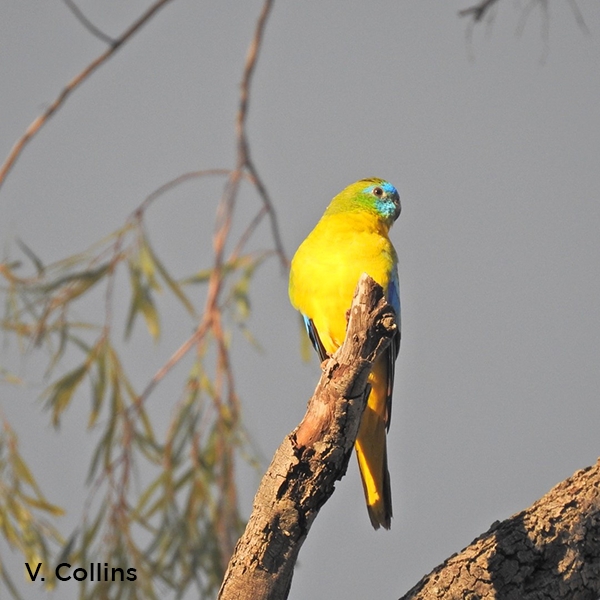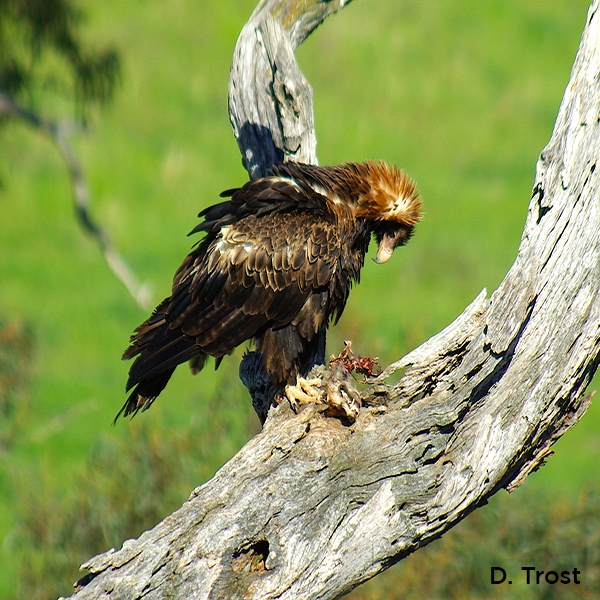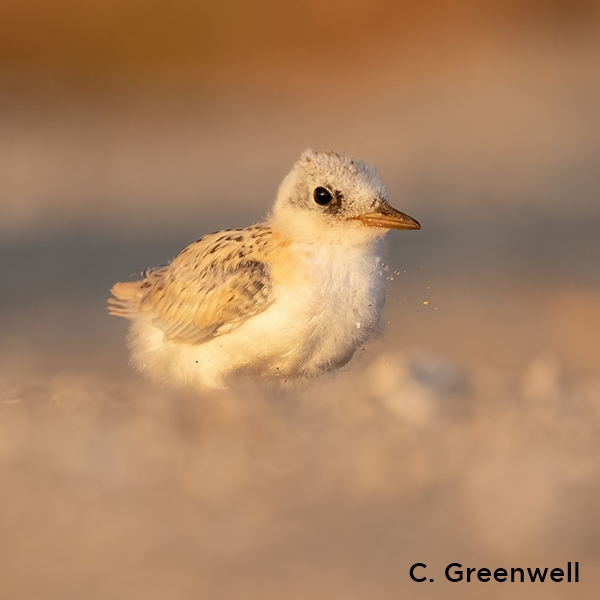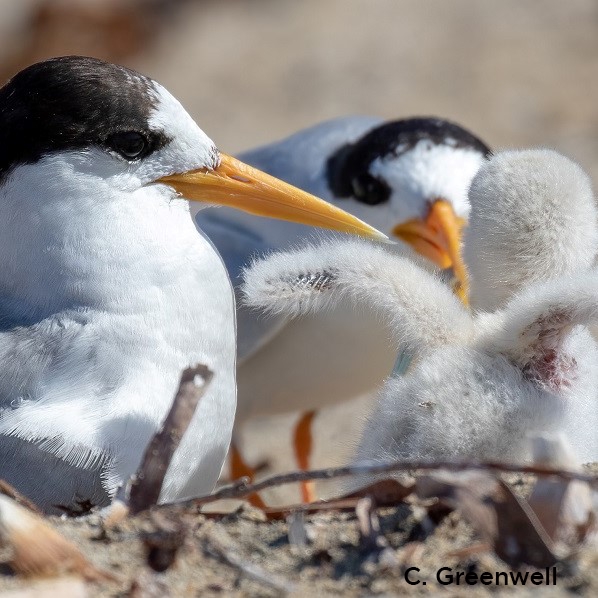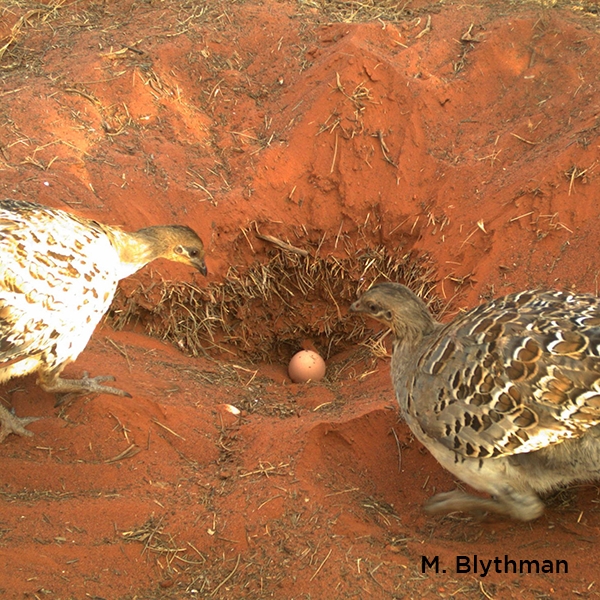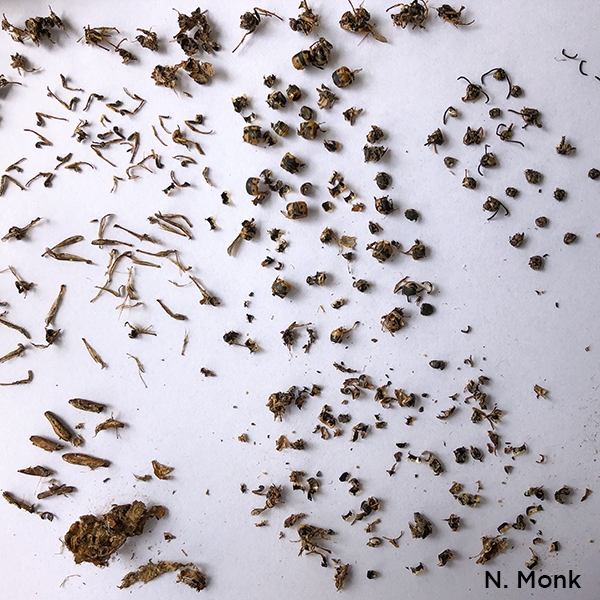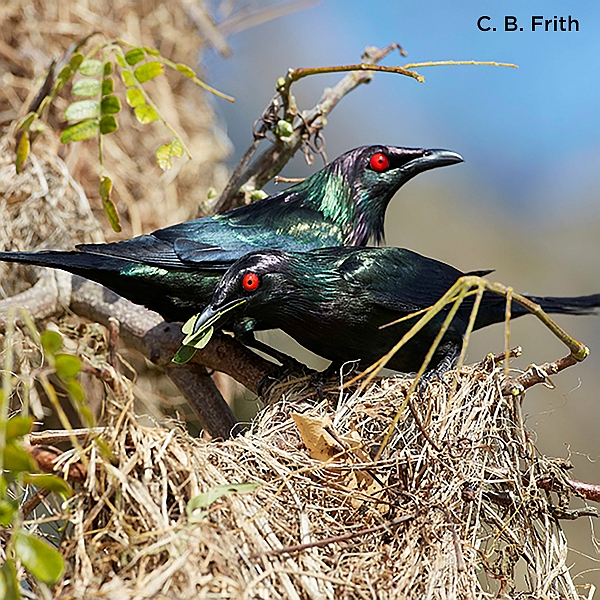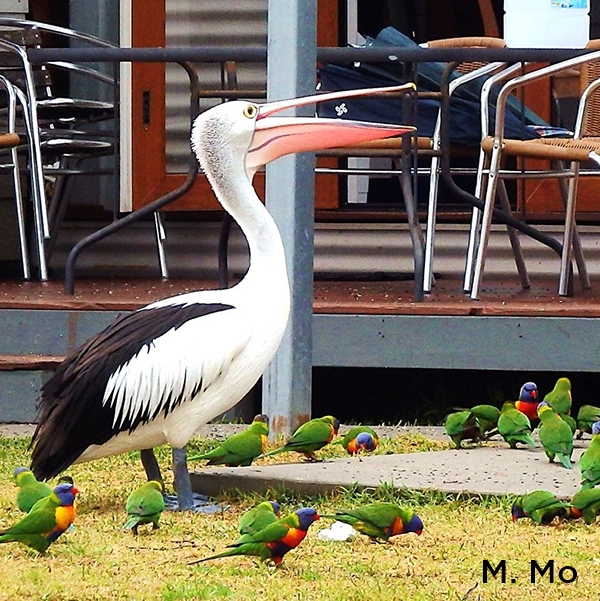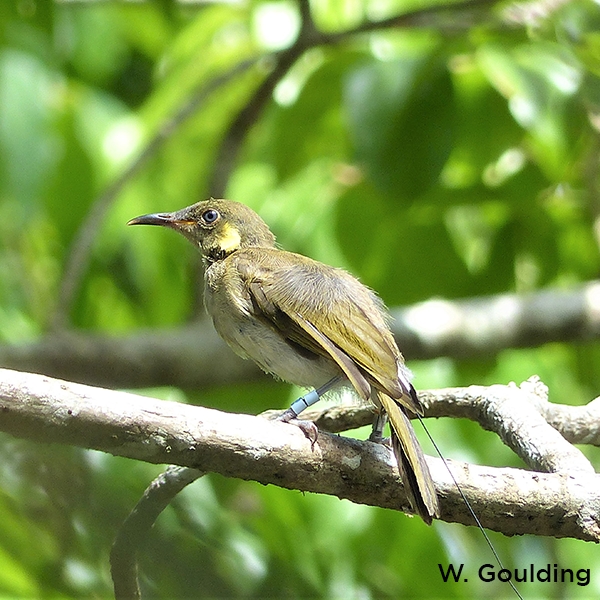Intraspecific fledgling adoption by a pair of Superb Fairy-wrens Malurus cyaneus
Andrew C. Katsis, Christine Evans, Lauren K. Common, Diane Colombelli-Négrel, Sonia Kleindorfer
Abstract
References
Adcock, G.J. & Mulder, R.A. (2002). Polymorphic microsatellite loci for paternity analysis in the Madagascar paradise flycatcher (Terpsiphone mutata: Aves). Molecular Ecology Notes 2,
–289.
Audacity Team (2018). Audacity: Free Audio Editor and Recorder. Version 2.3.2.
Avital, E., Jablonka, E. & Lachmann, M. (1998). Adopting adoption. Animal Behaviour 55, 1451–1459.
Baker, M.C. & Logue, D.M. (2003). Population differentiation in a complex bird sound: A comparison of three bioacoustical analysis procedures. Ethology 109, 223–242.
Colombelli-Négrel, D., Hauber, M.E., Robertson, J., Sulloway, F.J., Hoi, H., Griggio, M. & Kleindorfer, S. (2012). Embryonic learning of vocal passwords in superb fairy-wrens reveals intruder cuckoo nestlings. Current Biology 22, 2155–2160.
Colombelli-Négrel, D., Webster, M.S., Dowling, J.L., Hauber, M.E. & Kleindorfer, S. (2016). Vocal imitation of mother’s calls by begging Red-backed Fairy-wren nestlings increases parental provisioning. Auk 133, 273–285.
Cooper, R.P. (1969). Multiple feeding habits of wrens. Australian Bird Watcher 3, 145–150.
Dawkins, R. & Krebs, J.R. (1979). Arms races between and within species. Proceedings of the Royal Society of London. Series B. Biological Sciences 205, 489–511.
Double, M.C., Dawson, D., Burke, T. & Cockburn, A. (1997). Finding the fathers in the least faithful bird: A microsatelliteâ€based genotyping system for the superb fairyâ€wren Malurus cyaneus. Molecular Ecology 6, 691–693.
Dunn, P.O., Cockburn, A. & Mulder, R.A. (1995). Fairy-wren helpers often care for young to which they are unrelated. Proceedings of the Royal Society of London. Series B: Biological Sciences 259, 339–343.
Evans, C. & Kleindorfer, S. (2016). Superb fairy-wren (Malurus cyaneus) sons and daughters acquire song elements of mothers and social fathers. Frontiers in Ecology and Evolution 4, 9.
Fridolfsson, A.-K. & Ellegren, H. (1999). A simple and universal method for molecular sexing of non-ratite birds. Journal of Avian Biology 30, 116–121.
Green, D.J., Cockburn, A., Hall, M.L., Osmond, H. & Dunn, P.O. (1995). Increased opportunities for cuckoldry may be why dominant male fairy-wrens tolerate helpers. Proceedings of the Royal Society of London. Series B: Biological Sciences 262, 297–303.
Griffiths, R., Double, M.C., Orr, K. & Dawson, R.J.G. (1998). A DNA test to sex most birds. Molecular Ecology 7, 1071–1075.
Grim, T. & Honza, M. (2001). Does supernormal stimulus influence parental behaviour of the cuckoo’s host? Behavioral Ecology and Sociobiology 49, 322–329.
Heinsohn, R.G. (1991). Kidnapping and reciprocity in cooperatively breeding white-winged choughs. Animal Behaviour 41,
–1100.
Higgins, P.J., Peter, J.M. & Steele, W.K. (Eds) (2001). Handbook of Australian, New Zealand & Antarctic Birds, Volume 5: Tyrant Flycatchers to Chats. Oxford University Press, Melbourne.
K. Lisa Yang Center for Conservation Bioacoustics (2019). Raven Pro: Interactive Sound Analysis Software. Version 1.6.1. Cornell Lab of Ornithology. http://ravensoundsoftware.com/
Kalinowski, S.T. & Taper, M.L. (2006). Maximum likelihood estimation of the frequency of null alleles at microsatellite loci. Conservation Genetics 7, 991–995.
Kalinowski, S.T., Wagner, A.P. & Taper, M.L. (2006). MLâ€Relate: A computer program for maximum likelihood estimation of relatedness and relationship. Molecular Ecology Notes 6,
–579.
Kingma, S.A., Santema, P., Taborsky, M. & Komdeur, J. (2014). Group augmentation and the evolution of cooperation. Trends in Ecology & Evolution 29, 476–484.
Kleindorfer, S., Evans, C. & Colombelli-Négrel, D. (2014). Females that experience threat are better teachers. Biology Letters 10, 20140046.
Kokko, H., Johnstone, R.A. & Wright, J. (2002). The evolution of parental and alloparental effort in cooperatively breeding groups: When should helpers pay to stay? Behavioral Ecology 13, 291–300.
Langmore, N.E., Bailey, L.D., Heinsohn, R.G., Russell, A.F. & Kilner, R.M. (2016). Egg size investment in superb fairy-wrens: Helper effects are modulated by climate. Proceedings of the Royal Society B: Biological Sciences 283, 20161875.
Langmore, N.E., Hunt, S. & Kilner, R.M. (2003). Escalation of a coevolutionary arms race through host rejection of brood parasitic young. Nature, 422, 157–160.
Lee, J.C.-I., Tsai, L.-C., Hwa, P.-Y., Chan, C.-L., Huang, A.,
Chin, S.-C., Wang, L.-C., Lin, J.-T., Linacre, A. &
Hsieh, H.-M. (2010). A novel strategy for avian species and gender identification using the CHD gene. Molecular and Cellular Probes 24, 27–31.
Maguire, G.S., Guay, P.-J. & Mulder, R.A. (2006). Isolation and characterization of microsatellite markers in the southern emuâ€wren (Stipiturus malachurus: Aves). Molecular Ecology Notes 6, 422–424.
Mulder, R.A. (1995). Natal and breeding dispersal in a co-operative, extra-group-mating bird. Journal of Avian Biology 26, 234–240.
Mulder, R.A., Dunn, P.O., Cockburn, A., Lazenby-Cohen, K.A. & Howell, M.J. (1994). Helpers liberate female fairy-wrens from constraints on extra-pair mate choice. Proceedings of the Royal Society of London. Series B: Biological Sciences 255, 223–229.
Richardson, N.M., Kennerley, J.A. & Feeney, W.E. (2019). First record of intraspecific adoption by a female Superb Fairy-wren Malurus cyaneus. Sunbird 48, 159–161.
Riedman, M.L. (1982). The evolution of alloparental care and adoption in mammals and birds. Quarterly Review of Biology 57, 405–435.
Rowley, I. (1957). Co-operative feeding of young by Superb Blue Wrens. Emu 57, 356–357.
Rowley, I. (1965). The life history of the Superb Blue Wren, Malurus cyaneus. Emu 64, 251–297.
Rowley, I. & Russell, E. (1997). Fairy-wrens and Grasswrens: Maluridae. Oxford University Press, Oxford, UK.
Smith, L.M. & Burgoyne, L.A. (2004). Collecting, archiving and processing DNA from wildlife samples using FTA® databasing paper. BMC Ecology 4, 4.
Tidemann, S.C. (1983). The Behavioural Ecology of Three Coexisting Fairy-wrens (Maluridae: Malurus). PhD thesis. Australian National University, Canberra.
Webster, M.S., Tarvin, K.A., Tuttle, E.M. & Pruett-Jones, S. (2004). Reproductive promiscuity in the splendid fairy-wren: Effects of group size and auxiliary reproduction. Behavioral Ecology 15, 907–915.
Wysocki, D., Cholewa, M. & Jankowiak, Å. (2018). Fledgling adoption in European Blackbirds: An unrecognized phenomenon in a well-known species. Behavioral Ecology 29, 230–235.



